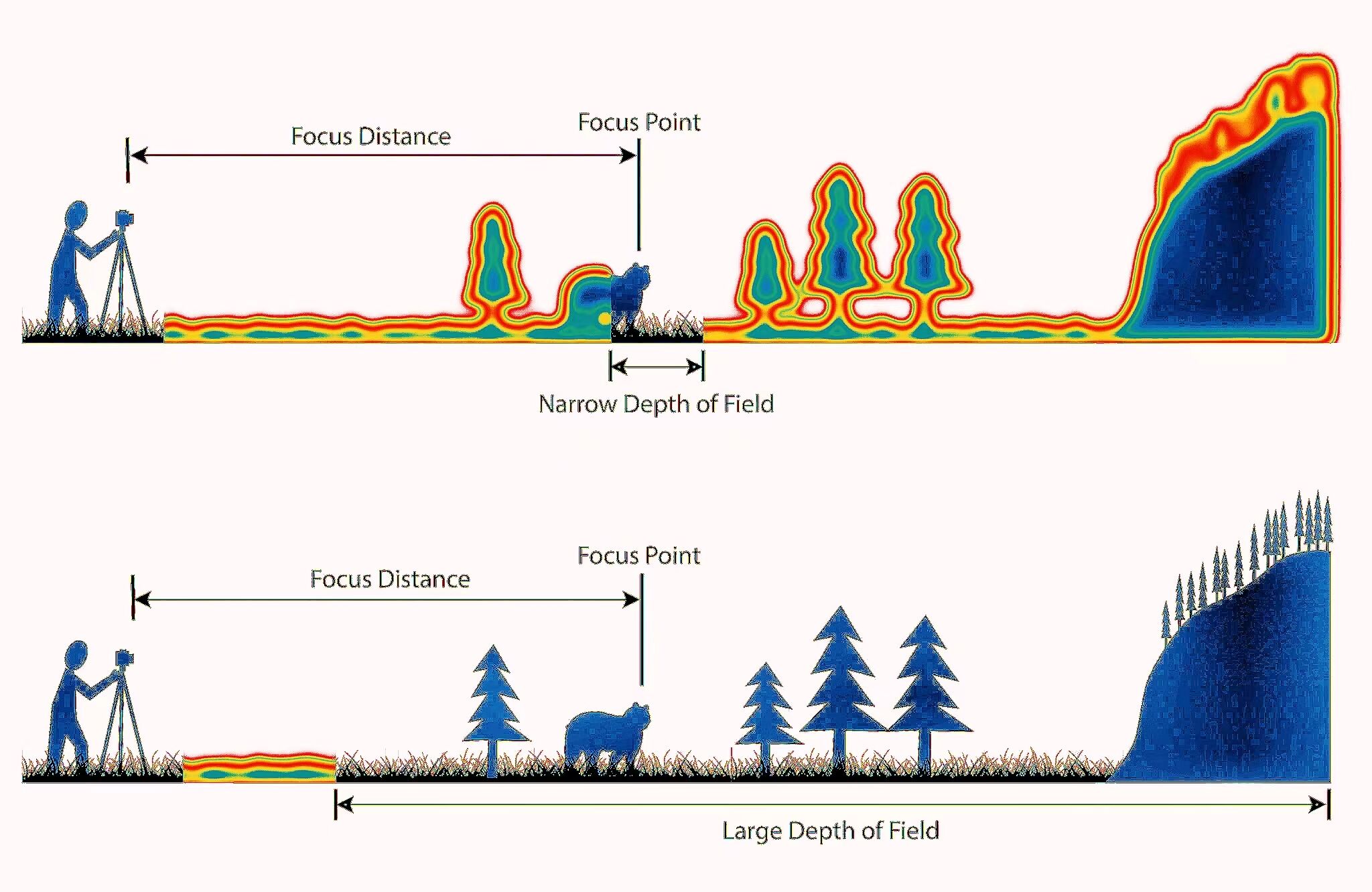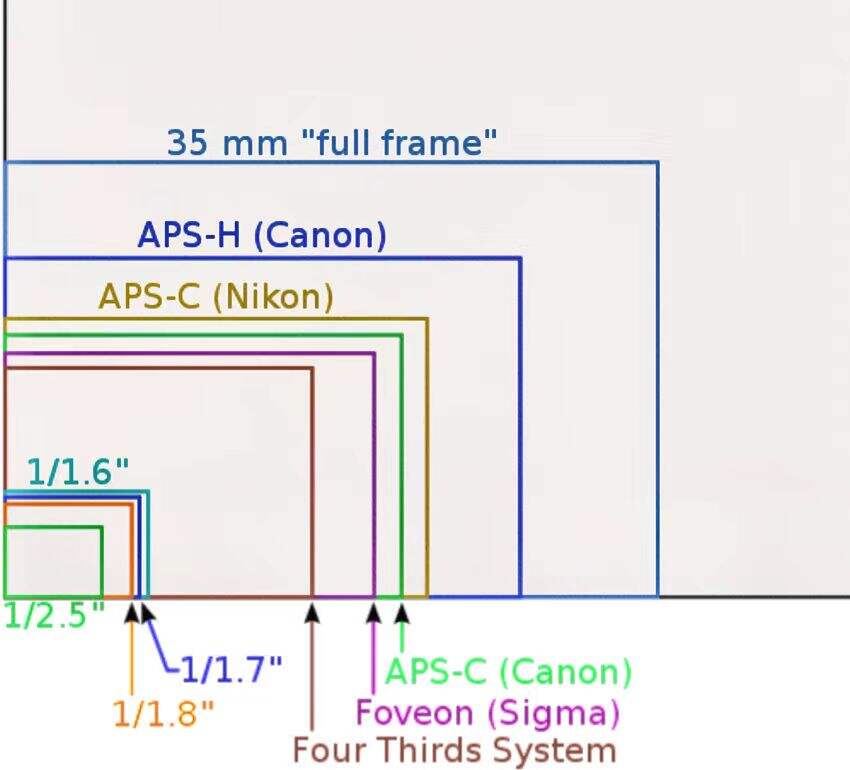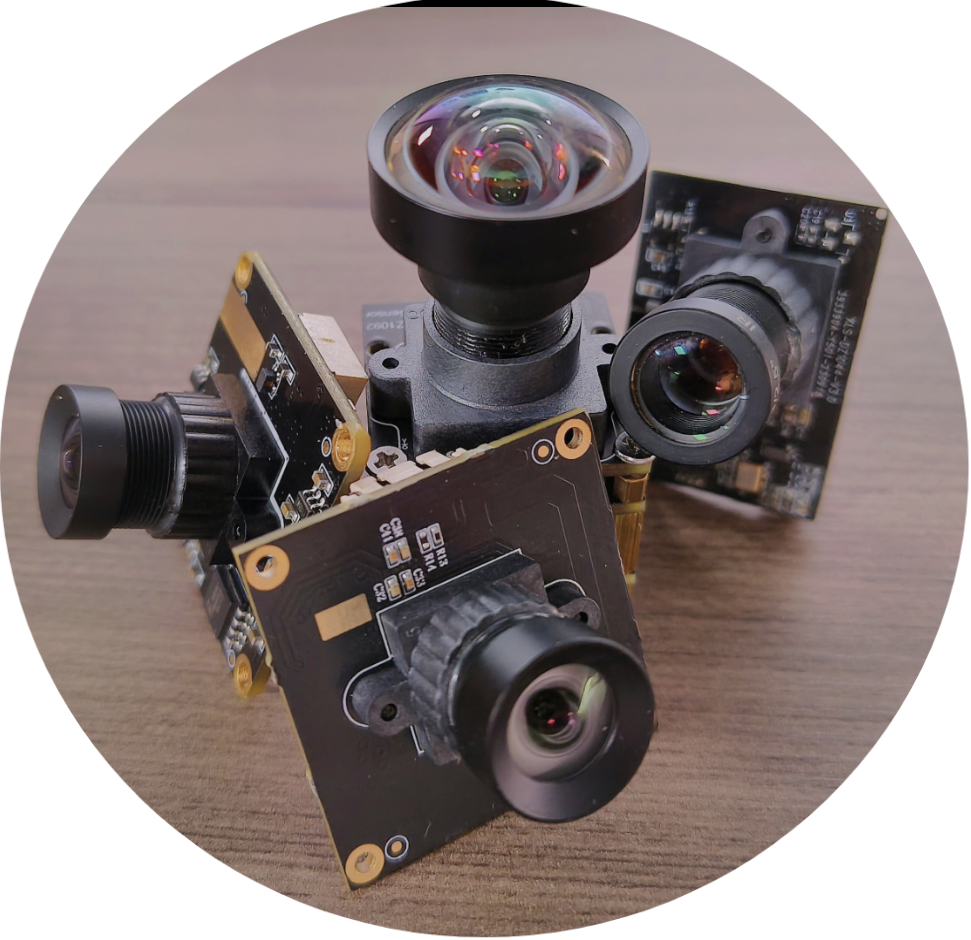Understanding the Importance of Image Sensor Size
The image sensor, usually a CMOS or CCD chip, is the most important internal component of any camera determining key capabilities. While resolution and other specs matter - the fundamental limiting factor is the sensor's physical size.
Larger sensors have a larger surface area to capture more light. This provides lower noise, better dynamic range and improved low light performance. Larger sizes also enable better depth of field control in both photos and video.
Image Sensor Size and Image Quality can be Interlinked.
Size of the sensor is the ultimate factor which governs the quality of the images. In the majority of the times, cameras built on larger pixels of sensors have higher image quality than those constructed on smaller pixels of sensors sizes.
Depth of Field
Most particularly, the image sensor's size influences the range of field in a specific image. The distance scale denoting the area of sharpness range in an image. For example, sensor size in full frame-camera is much larger than the ones with small sensors. It gives out a narrower depth of felid.

Low-Light Performance
While the large size is the other main benefit of image sensors, this also allows them to show more-low-light-information than competing technologies. Larger sensors have an advantage of being real in the level of detail (more light captured) that they can generate This is very useful at low light because they result in proper image detail.
Photographic Capabilities
The sensor size is one of the aspects that unifies the ideal imagery output for video and photo cameras. As a rule of thumb, the image quality and the amount of various advanced features a sensor can ensure are proportional to its size. Typically, the higher the size of a sensor, the more advanced are the typical features, like wider ISO ranges, the dynamic range and the better control over exposure.
Different Image Sensor Sizes
- 1/2.3": Small sensors common in point and shoot cameras.
- 1": Used in compact advanced cameras and drones.
- APS-C: Popular DSLR and mirrorless camera size, generally better image quality than smaller sensors.
- Full Frame: Professional level quality, highest detail and low light performance.
- Medium Format: Largest sensors for highest end commercial photography.

In summary, a larger sensor fitting more photosites means a higher resolution image can be captured with improved image quality attributes. This is why professional cameras favor larger full frame and medium format sensors for studio and landscape work.
FAQs:
Q: Does changing the sensor size alone change other parts of the camera?
A: Yes, a larger sensor requires bigger, more advanced lenses capable of covering the larger image circle. It may also impact the camera body size and weight.
Q: Why don't smartphones have larger sensors?
A: Size and cost constraints. But sensor technology is improving so someday smartphone sensors may rival today's compact cameras.
Conclusion
While other factors matter, understanding the link between sensor size and performance is key to evaluating any camera system. Professional photographers appreciate larger formats, while consumers favor smaller versatile devices - but sensor technology continues progressing capabilities across formats.
|
About the author |
|
|
|
|
Zenos Lee |
|
|
An experienced camera module technologist with excellent problem-solving skills and strategic thinking. He is passionate about innovative camera module technology and is able to design and efficiently implement solutions to meet customers' unique needs. With years of experience in the industry, he provides attentive and courteous service to customers. |
||

 EN
EN
 AR
AR
 DA
DA
 NL
NL
 FI
FI
 FR
FR
 DE
DE
 EL
EL
 HI
HI
 IT
IT
 JA
JA
 KO
KO
 NO
NO
 PL
PL
 PT
PT
 RO
RO
 RU
RU
 ES
ES
 SV
SV
 TL
TL
 IW
IW
 ID
ID
 SR
SR
 VI
VI
 HU
HU
 TH
TH
 TR
TR
 FA
FA
 MS
MS
 IS
IS
 AZ
AZ
 UR
UR
 BN
BN
 HA
HA
 LO
LO
 MR
MR
 MN
MN
 PA
PA
 MY
MY
 SD
SD















